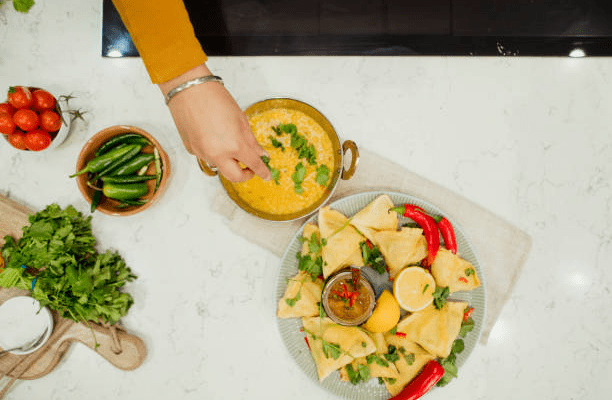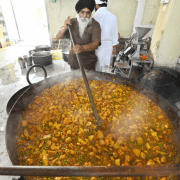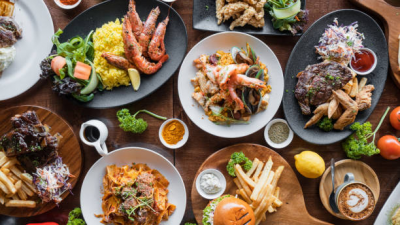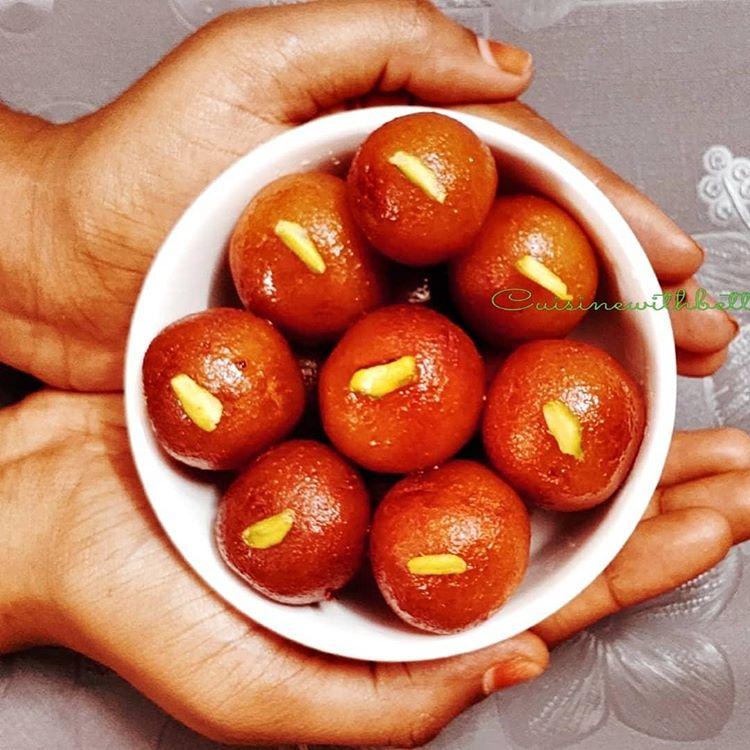The last few years have seen the culinary world change significantly in terms of healthier eating, with gluten-free diets being touted as a major issue. During this phase, many people have preferred gluten-free Indian dishes because they are delicious and nutritious. This article examines the factors behind the rise in popularity of such recipes within the context of healthy Indian cuisine.

Indian Cuisine and Gluten-Free Dishes
The global gluten-free movement has taken off mainly due to increased awareness about celiac disease, gluten intolerance, and, more generally, eating right. Because it combines various ingredients and cooking methods, many Indian dishes can easily be made gluten-free. There are quite a number of traditional Indian dishes that don’t contain wheat; hence, they are suitable for those on a no-wheat food diet.
Crucial Ingredients in Preparing Gluten-Free Indian Foods
There is a wide range of popular ingredients which are used often in many common dishes from India that happen to be gluten-free:
Rice: This is a staple in most Indians’ meals, and it is naturally free from any traces of gluten as well.
Lentils and Pulses: Dal is one example of many types of lentils that go into making up the dietary fiber content for many households across India.
Vegetables: Indian cuisine epitomizes vegetables in a multitude of gluten-free dishes.
Spices and Herbs: The wide selection of spices employed in Indian cooking is generally gluten-free and rich in taste.
Popular Gluten-Free Indian Dishes
Many internationally reputed Indian meals are gluten-free and contain excellent tastes:
Dosas: These thin fermented pancakes made from rice and urad dal are a specialty from South India.
Chana Masala: Northern India’s favorite dish – chickpea simmered with aromatic spices.
Vegetable Curries: Most vegetarian curries do not have any wheat products and are hence suitable for people with celiac disease, vegans, or vegetarians requiring gluten-free diets.
Biryani: This delicious dish can be easily turned into a gluten-free option by using rice as the main ingredient instead of wheat-based addictions.
Health Benefits of Gluten-Free Indian Meals
A healthy lifestyle could be achieved by incorporating these types of dishes into one’s diet:
Enhanced Digestion: For individuals who are intolerant to gluten, these foods can aid the digestion system.
Increased Nutrient Intake: Some Indian dishes prepared without wheat are abundant with veggies, legumes, and seasonings that provide a large spectrum of nutrients.
Weight Management: A lot of these meals can form part of a nutritionally balanced, calorie-controlled regime if they’re cooked using healthy cooking methods.
Anti-Inflammatory Properties: Many herbs, such as turmeric, ginger, etc., used in Indian cookery have anti-inflammatory properties.
Different aspects and considerations
Despite many Indian dishes being gluten-free by nature, it is still important for one to take note of the possible sources of gluten in Indian cuisine:
Atta (Wheat Flour) – Commonly used in most Indian breads like Rotis and Naan.
Semolina – Used in some sweets and savories.
Soy Sauce — Indo-Chinese dishes may contain soy sauce that has gluten.
Cross-Contamination – It is always important to have proper preparation methods so as to prevent cross-contamination in kitchens.

Why Gluten Free Indian Food Gone Global?
As a matter of fact, the popularity of gluten-free Indian foods extends way beyond the frontiers of India. This not only makes them available to health-conscious diners and people with dietary restrictions but also expands their acceptance all over the world, hence better understanding and appreciation of how diverse this cooking can be, saving lives at times.
Bringing Gluten-Free Indian Dishes into Your Diet Plan
For those wishing to try out Gluten-Free Indian dishes, here are some guidelines:
Start with simple meals such as dhal or vegetable curries, which you can easily prepare.
Experiment with spices, and taste a variety of spice combinations till you find your favorite flavors.
Try using alternative flours for traditional recipes; this could include chickpea flour (besan) or rice flour, among others that do not have gluten in them.
Always check ingredients, especially in pre-made spice mixes or sauces, because hidden sources may be present.
The conclusion
An increasing global demand for gluten-free Indian dishes shows that people are increasingly interested in various healthy and tasty foods. These cuisines mix traditional delicacies with modern dietary requirements, thus making them perfect for individuals seeking gluten-free alternatives without having to compromise on taste. With an ever-increasing focus on the health advantages and gastronomical range offered by Indian cooking, we should expect gluten-free Indian dishes to continue being among the most loved options by food lovers or health-conscious individuals.
Also Read- The Best Gluten-Free Restaurants Around the World

















